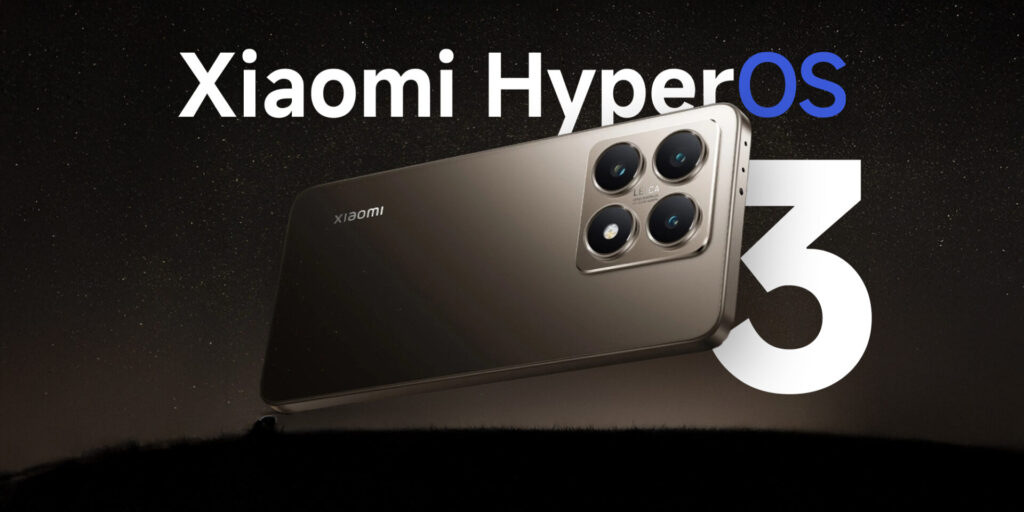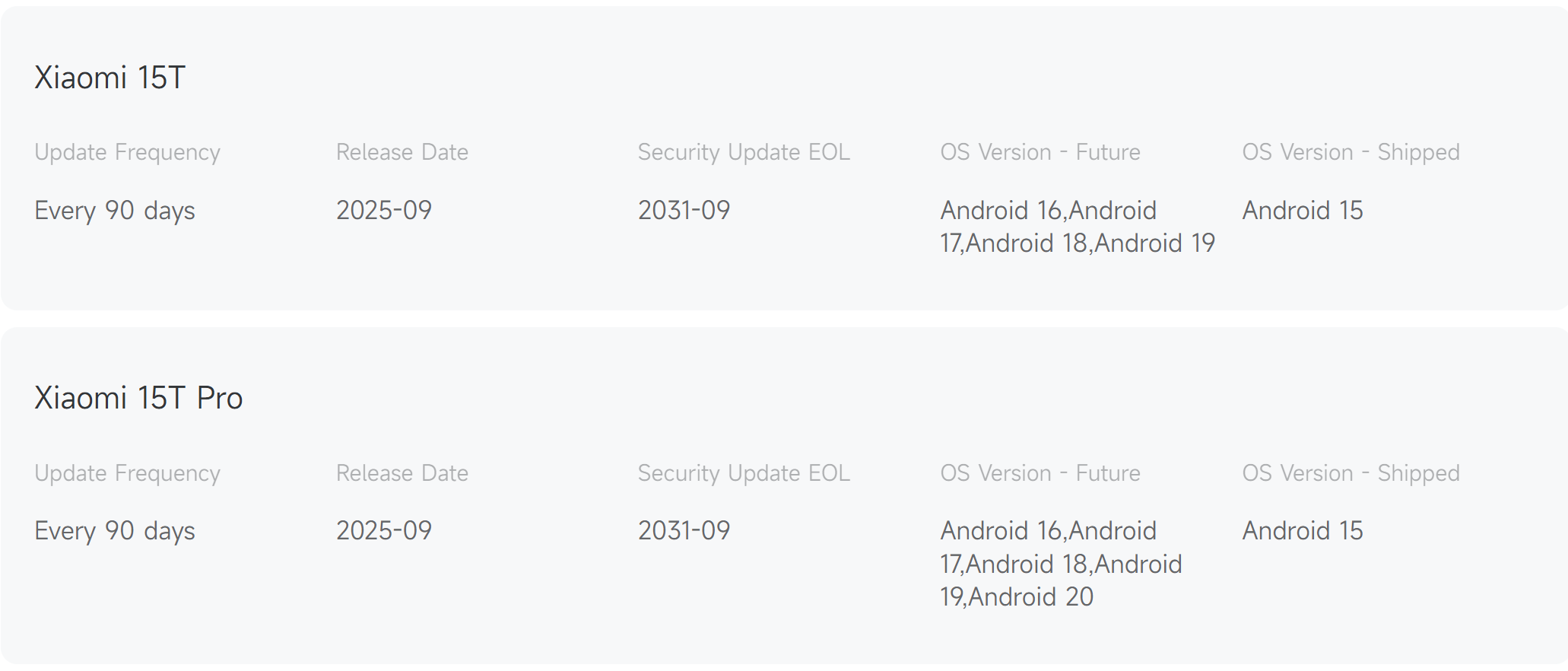Xiaomi has just launched the Xiaomi 15T, and surprisingly, it ships with Android 15 instead of the just-launched Android 16. The firm claims that this device will receive five major Android updates, which will see it complete its cycle with Android 20. According to Xiaomi, this is in line with its extended software commitment under HyperOS. But is this approach a genuine five-year update cycle — or just a strategic interpretation? Learn more about Xiaomi’s update policies and how they compare to previous flagship support.
Xiaomi’s Strategy: A Smart Technical Move
By launching the Xiaomi 15T with Android 15, Xiaomi positions the phone to receive Android 16 as its initial major update. From a marketing viewpoint, this allows the company to technically maintain its five-version update promise while refining development time to merge HyperOS. This is not a new tactic — multiple brands employ similar tactics to align release cycles with Android’s yearly update cycle.
But this option raises a fair question: does being one version behind decrease the practical support lifetime for users?
Does It Still Count as “Five Years”?
Although Xiaomi promises five Android versions and six years of security patches, the timer effectively begins earlier than when launch software is not a latest Android release. That is, the support timeline is identical, but the perceived value is less because customers miss out on the newest Android version from day one.
Still, Xiaomi’s record in maintaining flagship support is solid. Recent devices such as the Xiaomi 11 series and Redmi K50 Ultra have received consistent monthly patches through HyperOS, ensuring security and stability across the device’s lifecycle.
Real-World Impact on Users
In practice, few consumers actually use their smartphones for the full five-year cycle. Most upgrade within three to four years, meaning Xiaomi’s update plan still covers the average user lifespan comfortably. The company’s transparent commitment to HyperOS continuity also helps maintain feature consistency across generations.
As for long-term credibility, Xiaomi’s software division has shown remarkable improvement, particularly since the global rollout of HyperOS 2.0, where the company unified system development for phones, tablets, and IoT devices.
While Xiaomi’s “five-year update” claim may sound slightly stretched from a technical perspective, it remains one of the most competitive support promises in the Android ecosystem. For most users, this strategy ensures ongoing reliability, enhanced performance, and access to future HyperOS innovations — even if the math behind it sparks some debate.


 Emir Bardakçı
Emir Bardakçı



It’s quite an easy task to keep this promise. Just close the source code and pour out updates by filling it up with placeholder codes and change the version number.
Problem solved.
New please control centre updated my phone Redmi 14c 5G control centre new
Funny how there is no word left about the 90 days frequency in that article. Given the fact that e.g. Google usually provides at least a monthly security patch (and a feature drop every 3 months) you could say you’ll get at a minimum 12 updates within on year. That’s basically 3 times the minimum of what Xiaomi provides.
So even though they support their hardware for 5 years you might only get 20 updates in total (or even less if you’re unlucky). On the other hand Google releases more updates within 2 years alone yet they provide up to 7 years in total. (That’s 4 times as much in total)
Looking at the other Chinese brands looks like a 3 month frequency isn’t unusual but I’m still a bit surprised there isn’t more criticism about that.
NO
If the Xiaomi 15t Pro will get this new software update policy, will the Xiaomi 15 series also get it? Hoping Xiaomi considers upgrading the software update policy of the Xiaomi 15 series since it’s their flagship phone.
i view it as 4 years, but its just given 5 because it launched with an older version.